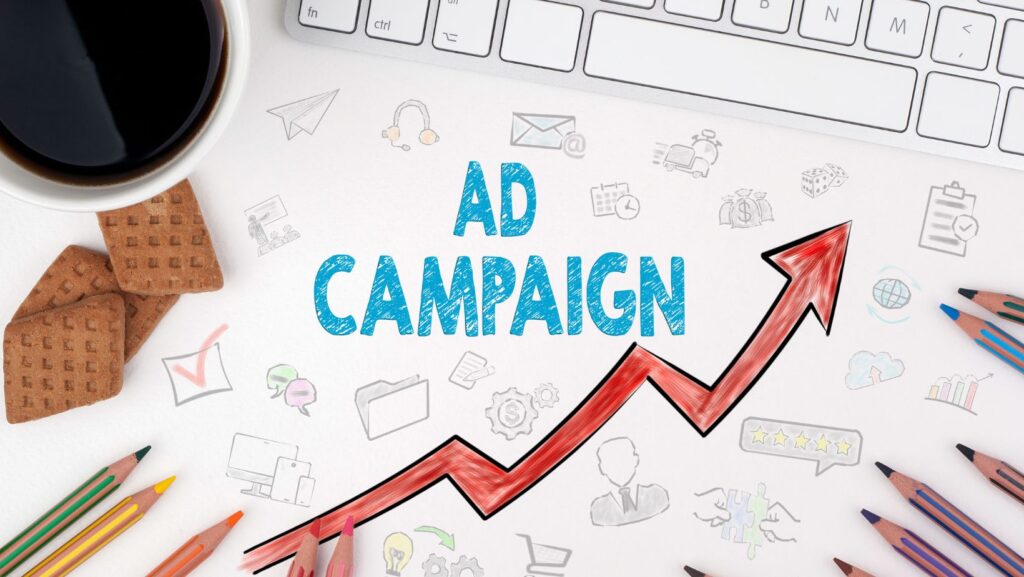Google Ads optimization is the continuous, data-driven process of refining every aspect of your PPC advertising campaigns to improve their performance and achieve specific business goals. This involves making strategic adjustments to keywords, ad copy, landing pages, bids, and targeting to increase the campaign’s efficiency. The ultimate objective is to maximize your Return on Ad Spend (ROAS) by driving more conversions at a lower Cost Per Acquisition (CPA).
| Optimization Pillar | Key Activities | Primary KPI Impacted |
| Keyword Management | Conducting keyword research, adding negative keywords, refining match types, analyzing the Search Query Report. | Click-Through Rate (CTR), Conversion Rate, Cost Per Acquisition (CPA) |
| Ad Creative & Relevance | A/B testing ad copy, utilizing ad extensions (sitelinks, callouts), improving ad group structure, focusing on ad relevance. | Quality Score, Click-Through Rate (CTR), Ad Rank |
| Landing Page Experience | Ensuring message match between the ad and the landing page, improving page speed, simplifying forms, having a clear call-to-action. | Conversion Rate, Quality Score, Return on Ad Spend (ROAS) |
| Bidding & Budgeting | Implementing Smart Bidding strategies (e.g., Target ROAS, Target CPA), adjusting bids based on device or location, allocating the PPC budget to top performers. | Cost Per Acquisition (CPA), Return on Ad Spend (ROAS), Overall Profitability |
Why Continuous Optimization is the Key to Google Ads Success
A common mistake many new advertisers make is treating Google Ads as a “set it and forget it” platform. They launch an ad campaign and hope for the best, only to be disappointed by a high ad spend and poor results. The reality is that the Google Ads auction is a dynamic, competitive environment. Your competitors are constantly adjusting their strategies, and user search behavior is always evolving.
Continuous Google Ads optimization is the key to long-term success. It is an iterative cycle of analysis, testing, and refinement that allows you to:
- Reduce Wasted Ad Spend: By consistently identifying and eliminating irrelevant clicks through negative keywords, you ensure your PPC budget is spent only on your most likely customers.
- Improve Profitability: Every optimization you make—from improving your Quality Score to increasing your landing page conversion rate—contributes to a lower CPA and a higher ROAS.
- Stay Ahead of the Competition: A well-optimized campaign will achieve a better Ad Rank, often at a lower cost, allowing you to outperform competitors in the auction.
- Adapt and Evolve: The data you gather from optimization provides invaluable insights into your target audience, helping you refine your entire digital marketing strategy.
The Core Pillars of an Effective Google Ads Optimization Strategy
A successful optimization strategy is not about random tweaks; it’s a structured approach that focuses on several core pillars.
1. Strategic Keyword Management
Keywords are the foundation of your search campaigns. Effective management goes far beyond just picking a list of terms.
- Continuous Keyword Research: Your initial keyword research is just the starting point. You should always be on the lookout for new, high-intent keywords that your target audience is using.
- Aggressive Negative Keyword Implementation: This is arguably the most critical and ongoing task in keyword optimization. You must regularly review the Search Query Report to find irrelevant terms that have triggered your ads. Adding these as negative keywords is the fastest way to cut wasted ad spend.
- Match Type Refinement: Understand and use keyword match types (broad, phrase, exact) strategically. Start with a broader match to discover new queries, and as you gather data, use more restrictive match types for your top-performing terms to control costs and improve relevance.
2. Enhancing Ad Relevance and Quality Score
Your Quality Score is Google’s rating of the quality and relevance of your keywords and ads. It is a crucial factor in determining your ad rank and how much you pay per click. A higher Quality Score leads to lower costs and better ad positions.
- Improving Ad Copy: Your ad copy needs to be compelling and highly relevant to the keywords in its ad group. Use strong calls-to-action and speak directly to the user’s search intent. Constantly be A/B testing different headlines and descriptions to improve your click-through rate (CTR).
- Utilizing Ad Extensions: Ad extensions (like sitelinks, callouts, and structured snippets) expand your ad with more information and take up more space on the results page. They are proven to increase CTR and are a key component of a high Quality Score.
3. Optimizing the Landing Page for Conversions
The optimization process doesn’t stop at the click. The post-click experience on your landing page is where conversions happen. Even the best ad campaign will fail if it sends traffic to a poor landing page.
This is the domain of Conversion Rate Optimization (CRO), and key activities include:
- Ensuring Message Match: The headline and offer on your landing page must directly match what was promised in your ad. A disconnect here will cause users to bounce immediately.
- Improving User Experience: Your page must load quickly (ideally under 3 seconds) and be fully optimized for mobile devices.
- A Clear Call-to-Action (CTA): The desired action should be obvious and easy for the user to take.
4. Smart Bidding and Budget Allocation
How you manage your bids and budget determines the financial efficiency of your campaign.
- Leveraging Automated Bidding Strategies: Google’s Smart Bidding uses machine learning to optimize for conversions or conversion value in every auction. Strategies like Target CPA, Target ROAS, and Maximize Conversions can significantly improve campaign performance by automating complex, real-time bid adjustments.
- Strategic Budget Allocation: It’s essential to monitor your campaign performance and shift your PPC budget accordingly. Pause underperforming ad groups or campaigns and reallocate that ad spend to your most profitable areas. This ensures your budget is always working as hard as possible to achieve your goals.
The Role of Data and Analytics in Optimization
Google Ads optimization is impossible without accurate data.
- Setting Up Conversion Tracking: This is the most critical step of all. If you are not accurately tracking conversions (sales, leads, sign-ups), you have no way of knowing what is working. You cannot optimize for profitability if you don’t know where your profits are coming from.
- Monitoring Key Performance Indicators (KPIs): You must regularly monitor the core metrics of your campaigns. Keep a close eye on your CTR, Conversion Rate, CPA, Quality Score, and especially your ROAS. Tracking these KPIs over time is how you measure the impact of your optimization efforts.
In conclusion, Google Ads optimization is an ongoing, cyclical process that involves every part of your campaign, from the keywords you target to the page a user lands on after the click. It is a commitment to continuous improvement, driven by data and a deep understanding of your target audience. By systematically addressing these core pillars, you can transform your PPC advertising from an expense into a highly profitable engine for business growth.


